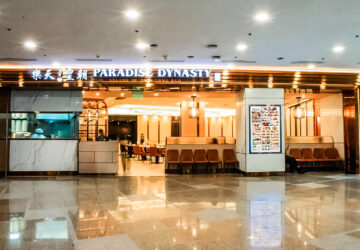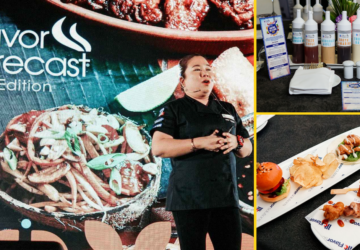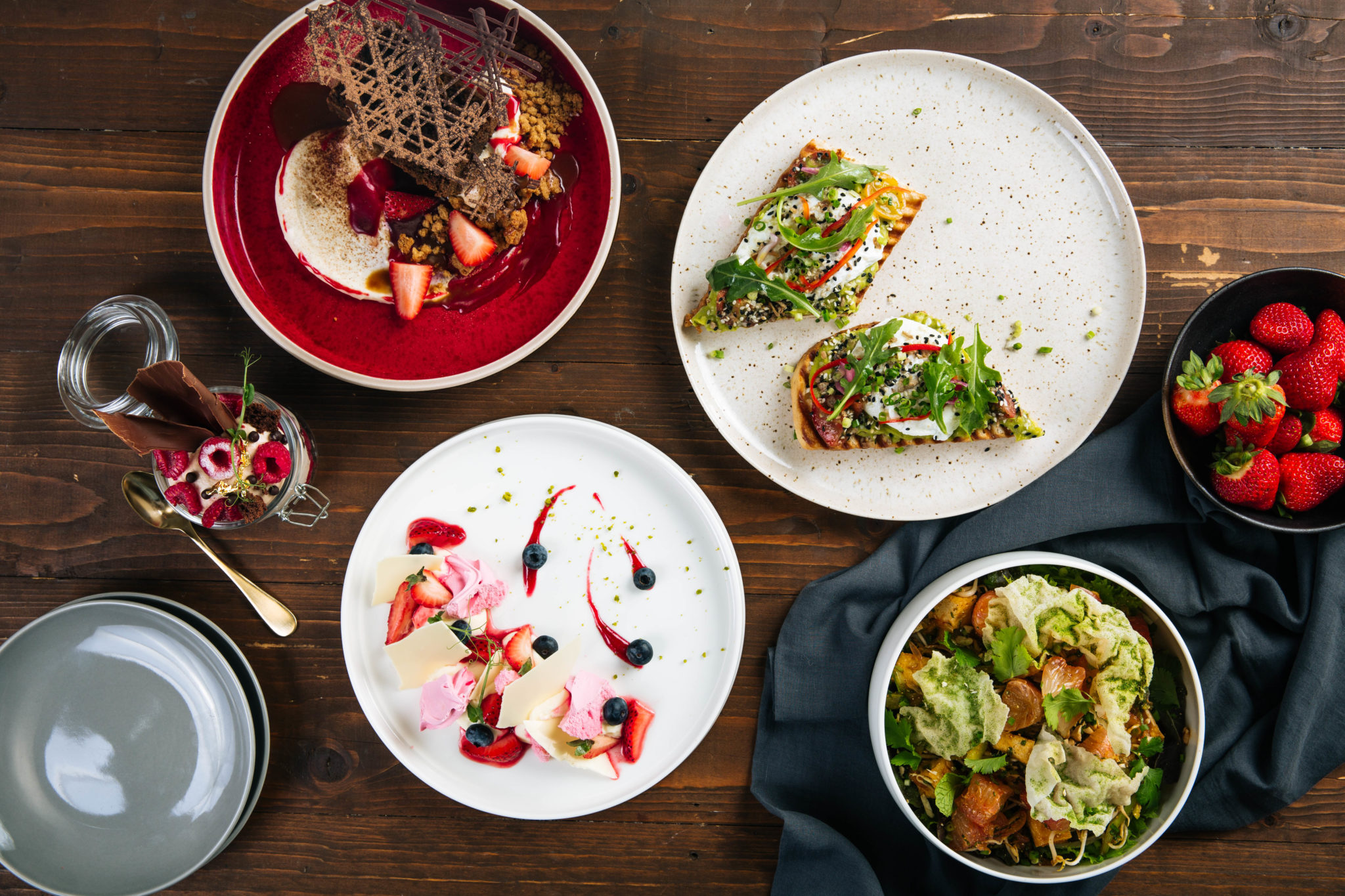There lives a conviction that we cannot step in the same river twice. Once stepped in, neither we nor the river is the same. By that loosely quoted portion of Heraclitus’ “Fragments,” we find literary foundation supporting the conviction that visiting a hotel or restaurant—or any experience for that matter—will change us.
Having stepped through the doors of a number of Shangri-La properties, I have encountered a fairly uniform change. It’s the sort that comes after taking in whatever view the property boasts—like Cebu’s beaches or Manila’s skyline—and well after the first welcome drink has been skulled.
It’s the sort that has us soaking in our surroundings with a bit more care, chewing our food just a little bit slower, and itching to get up just a little bit earlier. Aside from being more relaxed, we are more deliberate and available to the present.
This environment-induced internal shift from the box in our head to the space we’re in is indicative of the establishment’s own brand: comfortable and rejuvenating with an eye wide-open to sustainability.
The High Street Lounge by Shangri-La at the Fort is another speck of this concept that diners can walk into. Having released a new menu on June 21, the lounge re-emphasizes a brand built on accessible, locally-driven comfort food that seeks to nourish and revitalize.
Housed in a cavernous expanse of a hall filled with light radiating in through the floor-to-ceiling glass, the all-day restaurant serves diners from the waking hours when hearty breakfasts are beckoned, through the day, and late into the evening when hands find themselves deftly wielding negronis.
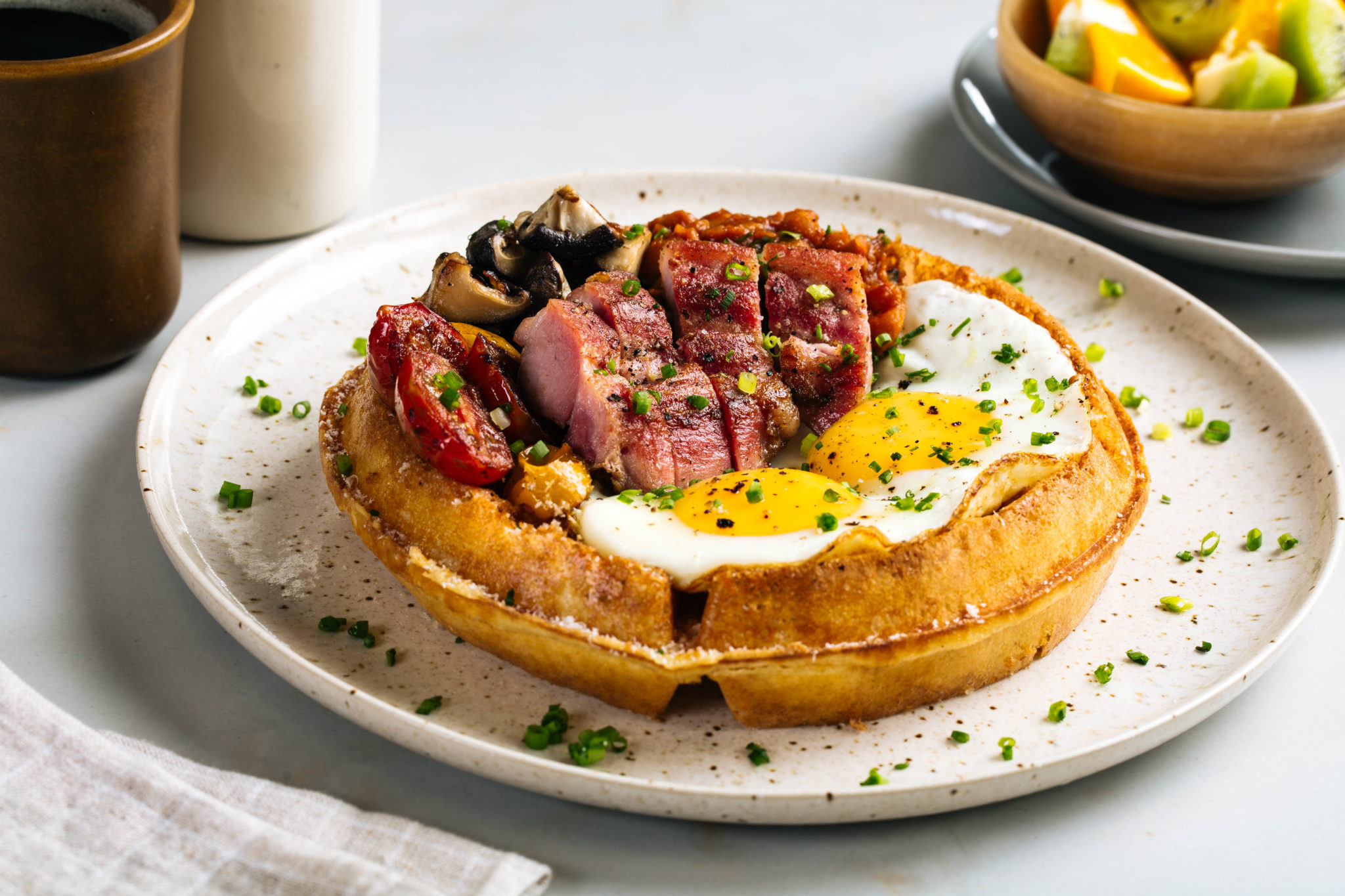
A flip through the menu rings analogously to a walk through the lobby, both humming a tune of polished luxury but with familiar embellishments. Just as the walk across the tile and carpet is accented by Jinggoy Buensuceso’s Drift installation—a metalwork piece depicting leaves drifting in the wind—the shiny covers of the High Street Lounge menu are garnished with common breakfast comforts: tapa, smokehouse tocino, kesong puti.
Another menu standout is the super grain salad with quinoa, barley, roasted pumpkin, curried granola, and Greek yogurt. Swimming in sweet crisps of granola, a mild curry hint at the nose, and a smashing acidic finish with the yogurt, the salad is a refreshing take on a light meal. For a more filling repast, the crispy pickle brine chicken is a sparkling choice. This comes served with a soft and sweet cut of cornbread as an allusion to a soulful plate of chicken and waffles.
The hotel worked not just on communicating with its suppliers but also acquired a piece of land in Bulacan, starting a Shangri-La Farm, which now supplies the hotel with an assortment of vegetables.
The idea here is comfort. The menu exudes fewer frills and remains heavy-handed on the sort of food you’ve known well and picked apart (often with your own greasy fingers) over good times. The rejuvenating element also makes itself felt. Taking a more nuanced view of healthy eating, the restaurant sidesteps vegetable desserts and health-fasts to advocate a balanced meal pieced together by fresh, local produce. It is this same less polar view of healthy eating that could warm anyone up to the idea of an almost chiffon-like coffee cake with cinnamon cream, raspberry, espresso caramel, and streusel.
But more than just making customers comfortable and rejuvenating them, the hotel chain makes massive efforts to align itself with sustainability.

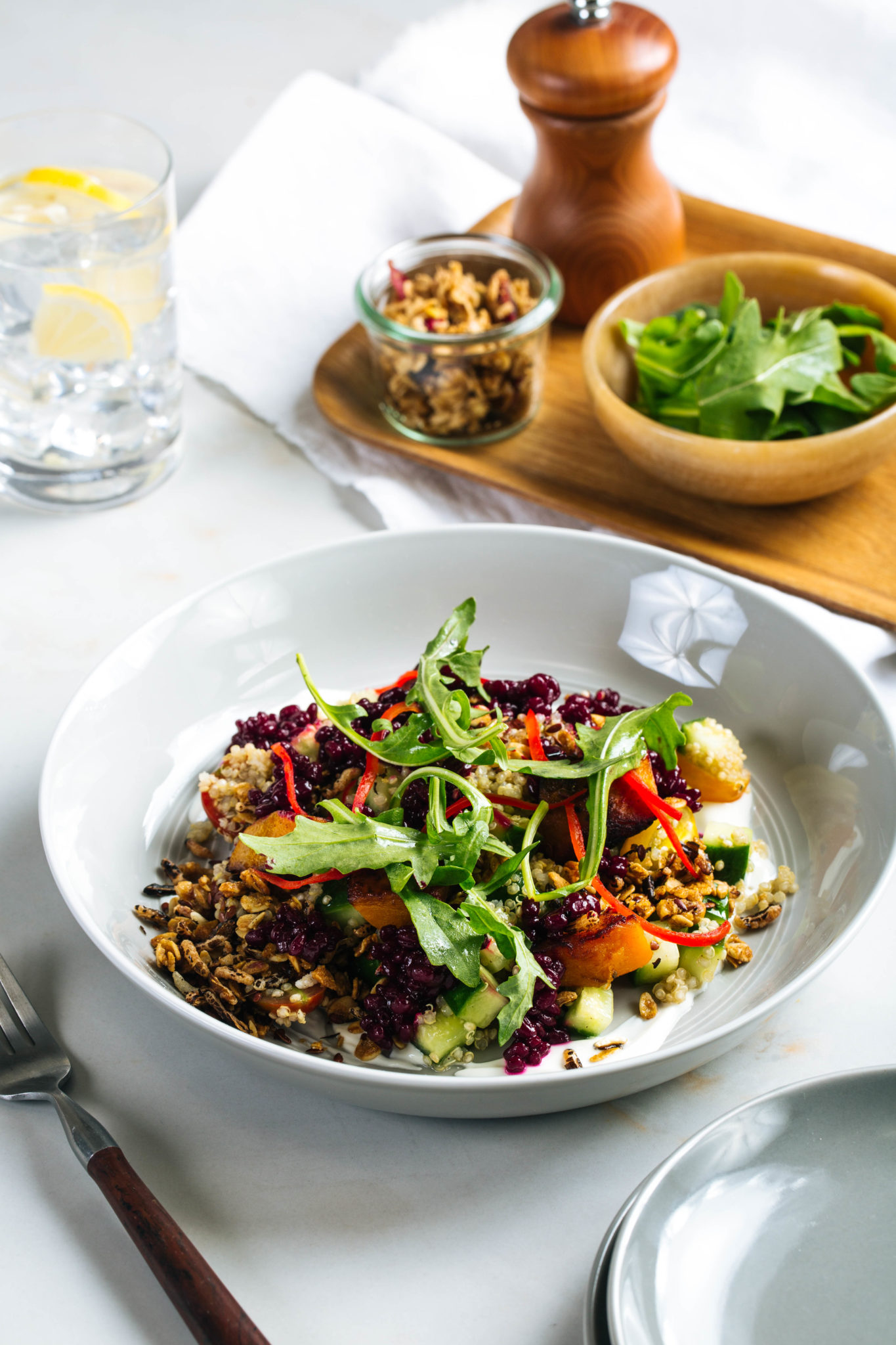
Going beyond the inclusion of Filipino favorites on the menu, executive chef Joris Rycken says, “most of our food products are sourced locally, especially the vegetables, fruits, seafood, pork, and all the crab [served at another of the hotel’s outlet, Ministry of Crab].”
The hotel worked not just on communicating with its suppliers but also acquired a piece of land in Bulacan, starting a Shangri-La Farm, which now supplies the hotel with an assortment of vegetables. This effort is bolstered by the small herb garden on the eighth floor of the hotel premises.
Currently, the hotel kitchen staff of 200 is making a concerted effort to improve its sourcing of seafood. “We have strong drive for sustainable seafood [like] tuna, shrimps, [and] salmon and we are always in contact with our suppliers to source more products for us, which are sustainable or certified.” On top of that, the hotel works closely with its local vegetable suppliers, asking local farms if certain articles of produce can be grown accordingly. Communication is “two-way,” says Rycken.
But looking at it a little more closely, hotels do guide the public in a particular direction of change. Don’t hotels after all—with their soap dispensers precisely jutting out measured drops of soap, gyms dotted with fruit offerings, and menus balanced with a hefty tip to the healthy end—whisper at changes patrons can make in their lives?
And so, upon inspection, sustainable practices flow deeply behind the pleasant smiles and trademark service standards Shangri-La is known for. You enter a Shangri-La property with the idea that you are in for a comfortable experience and finds yet more comfort in knowing that this experience has done as little harm as possible—in fact arguably, improving the livelihoods of those benefited by the hotel’s efforts.

But looking at it a little more closely, hotels do guide the public in a particular direction of change. Don’t hotels after all—with their soap dispensers precisely jutting out measured drops of soap, gyms dotted with fruit offerings, and menus balanced with a hefty tip to the healthy end—whisper at changes patrons can make in their lives? Is not each encounter a chance to change for the better?
Perhaps the people of Shangri-La—wherever they may be—are moralists, gently massaging a healthier and more sustainable way of living into the population through a 100-property-strong group of hotels. Perhaps the protagonist in James Hilton’s “Lost Horizon” (the Shangri-La of which the chain derives its name from) comes calling from 1933 with a message that we can all be a little healthier, a good touch more mindful, and more aptly concerned about the sustainability of our daily practices.
We too might be asked to show up not with our bag of tricks but with a pencil and notebook eager to learn. High Street Lounge’s little menu update might very well be a river that changes us and us it.


